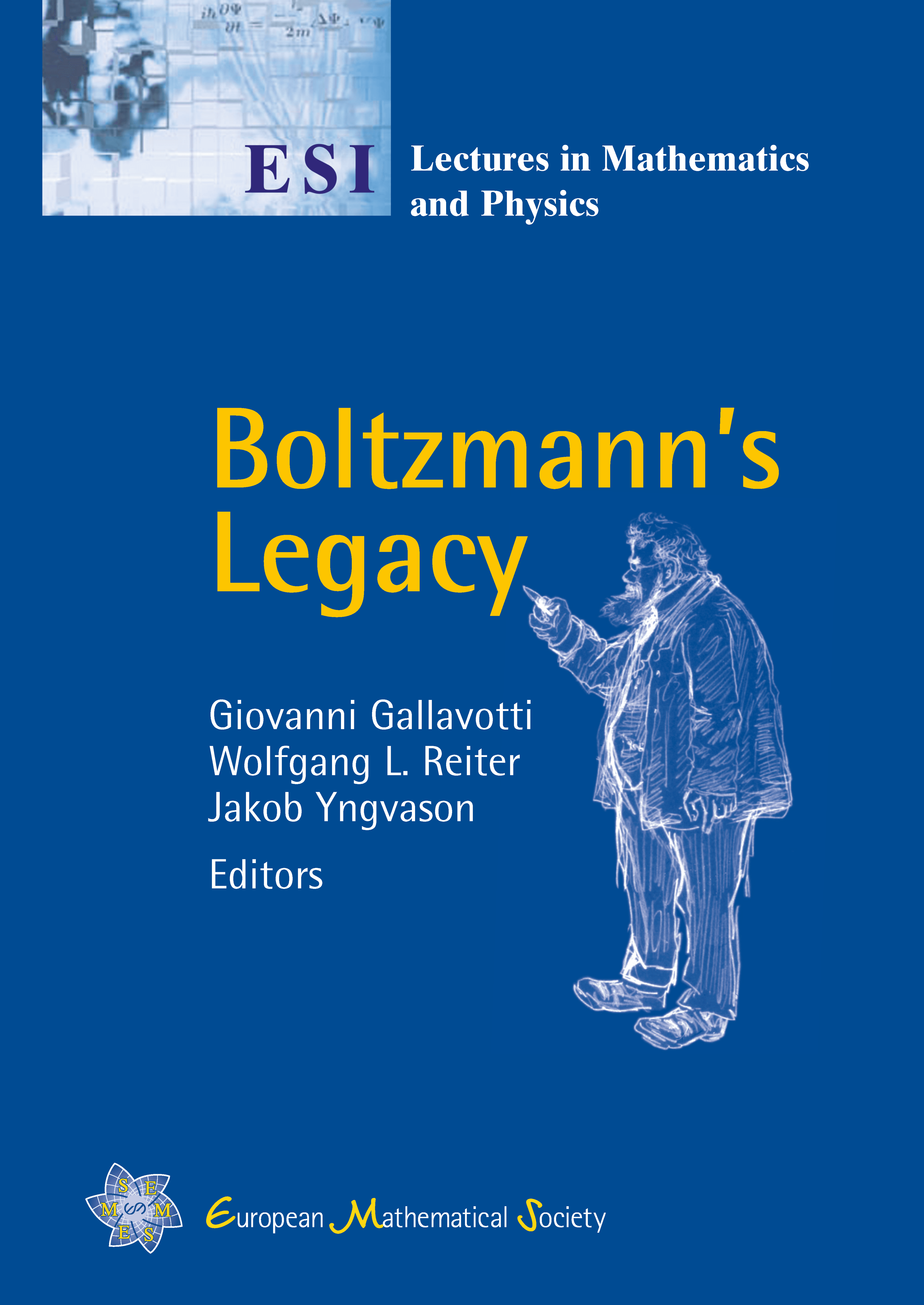From time-symmetric microscopic dynamics to time-asymmetric macroscopic behavior: an overview
Joel L. Lebowitz
Rutgers University, Piscataway, USA

A subscription is required to access this book chapter.
Abstract
Time-asymmetric behavior as embodied in the second law of thermodynamics is observed in individual macroscopic systems. It can be understood as arising naturally from time-symmetric microscopic laws when account is taken of a) the great disparity between microscopic and macroscopic scales, b) a low entropy state of the early universe, and c) the fact that what we observe is the behavior of systems coming from such an initial state – not all possible systems. The explanation of the origin of the second law based on these ingredients goes back to Maxwell, Thomson and particularly Boltzmann. Common alternate explanations, such as those based on the ergodic or mixing properties of probability distributions (ensembles) already present for chaotic dynamical systems having only a few degrees of freedom or on the impossibility of having a truly isolated system, are either unnecessary, misguided or misleading. Specific features of macroscopic evolution, such as the diffusion equation, do however depend on the dynamical instability (deterministic chaos) of trajectories of isolated macroscopic systems.
The extensions of these classical notions to the quantum world is in many ways fairly direct. It does however also bring in some new problems. These are discussed but not resolved.